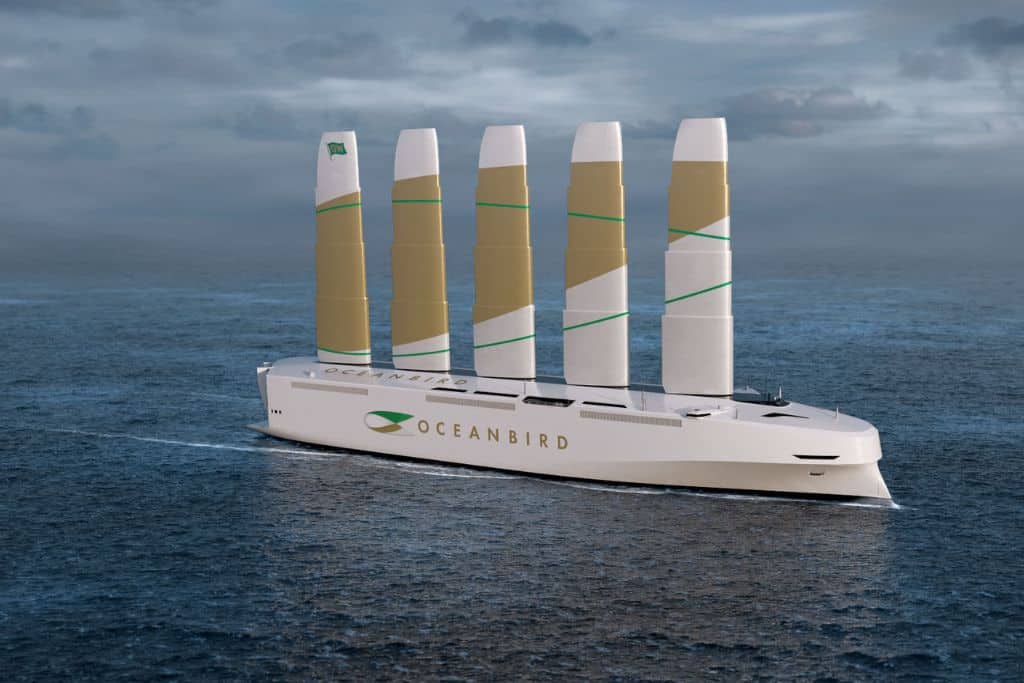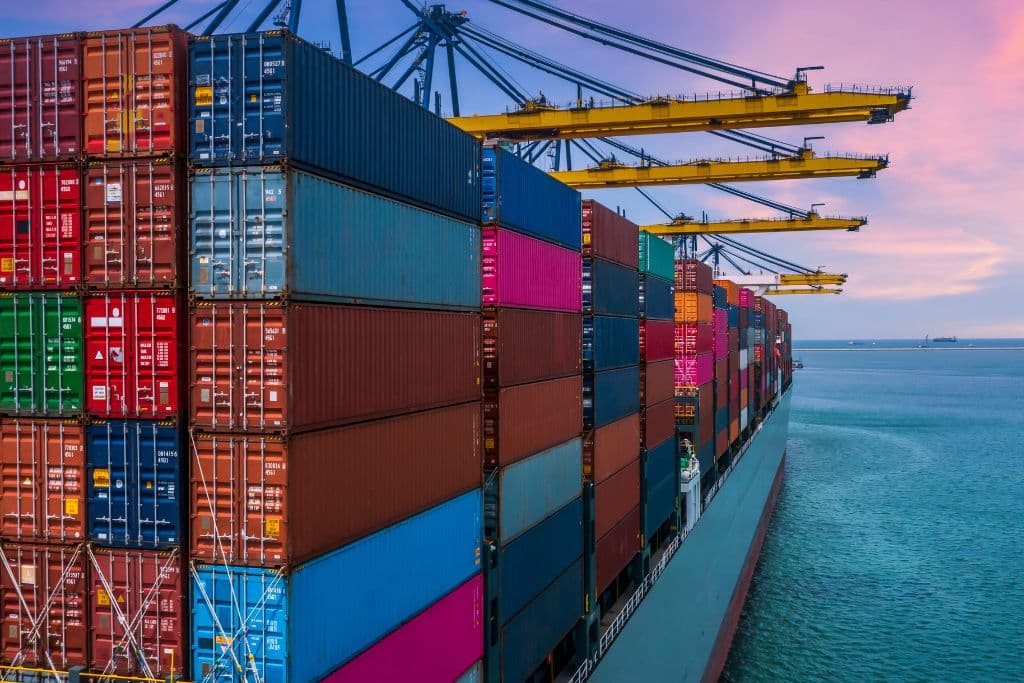There’s an undeniable demand for transformative solutions in the shipping sector. Shipping is a major emitter of greenhouse gases due to its reliance on cheap heavy fuel, making the industry’s cleanup efforts challenging. Under pressure from investors and the environmental community, the shipping industry is exploring new technologies to drive sustainability and reduce its impact on the planet such as wind-powered cargo ships. Advanced wind-propulsion systems that can be retrofitted onto existing ships hold the potential to provide substantial energy and fuel-saving benefits, but are they really the future of the shipping industry?
—
Responsible for 90% of global trade, the shipping industry faces environmental challenges, with container ships emitting around one billion metric tons of CO2 annually and constituting approximately 3% of the world’s anthropogenic emissions. Nevertheless, governments and international bodies have failed to effectively regulate the sector, which continues to contribute to climate and air pollution, oil spills, plastic pollution, wildlife collisions, and more.
In July, the International Maritime Organization (IMO) published a new agreement – known as the ‘2023 IMO Strategy on the Reduction of Greenhouse Gas Emissions from Ships’ – in which the shipping industry committed to achieving net-zero emissions “by or around” 2050. The new agreement also includes interim targets: a minimum 20% emission reduction by 2030 and a 70% reduction by 2040, based on 2008 levels. While some industry representatives and certain Pacific Island nations welcomed the new climate strategy, environmental groups have criticised it for lacking ambition. They argue that the IMO missed an opportunity to set more aggressive targets to urgently address the need for substantial emissions reductions to limit global warming to 1.5 degrees Celsius.
You might also like: MEPC 80: International Shipping Regulator Fails to Align with 1.5C Paris Agreement Temperature Goal
The World’s First Wind-Powered Cargo Ships
Under pressure from investors and the environmental community, the shipping industry is exploring new technologies to drive sustainability and reduce its impact on the planet.
Cargill, the world’s largest agricultural shipping firm, is researching ways to cut emissions and energy usage within the industry with wind-propulsion technology. Last month, Cargill charted Pyxis Ocean, a dry bulk ship from the Mitsubishi Corporation fitted with WindWings sails developed by BAR Technologies and produced by Yara Marine. The WindWings sails are 37.5 metres (123 feet) tall and are made from steel and glass composite, durable wind turbine material. They harness the wind’s power to assist the ship’s propulsion, potentially reducing its lifetime emissions by 30%. They were installed on the five-year old bulk carrier at the COSCO shipyard in Shanghai. WindWings can be folded down on the deck before the ship reaches a port or passes beneath a bridge to prevent any collisions.
The Pyxis Ocean’s maiden voyage from China to Brazil presents the initial practical trial for the WindWings system. The journey will take around six weeks to complete, with Cargill closely monitoring the ship’s performance for potential improvements.
On an average global route, Cargill expects to save approximately one-and-a-half tonnes of fuel per day, and with four wings installed on a vessel, this amounts to a remarkable six tonnes of fuel saved daily, resulting in a substantial reduction of 20 tonnes of CO2 emissions daily. In addition to reducing ship emissions and helping save on fuel costs, the new wings will assist vessel owners in meeting energy efficiency regulations.
The project, co-funded by the European Union and is at the centre of the CHEK Horizon 2020 initiative and coordinated by the University of Vaasa in Finland, is at the forefront of advancing zero-emission shipping through an innovative vessel design platform. This platform will serve as a foundation for creating and showcasing two distinct ship designs: one optimised for wind energy in bulk cargo transportation and another powered by hydrogen for cruise purposes.
Both designs employ a collaborative blend of technologies to achieve a remarkable 99% reduction in greenhouse gas emissions while also conserving a minimum of 50% energy. The primary focus is enhancing the synergy among these technologies as they operate together for the first time. Ultimately, CHEK aims to investigate how this approach could potentially impact the overall greenhouse gas emissions of the global shipping fleet.

Oceanbird is a concept for wind-powered cargo vessels under development by Wallenius Marine. The concept aims to lower emissions by up to 90%. Photo: Wikimedia Commons.
Are Wind-Powered Cargo Ships the Future of the Shipping Industry?
The challenges associated with WindWings technology primarily revolve around the uncertainty and risks involved in its adoption. These issues include concerns about the economic viability of the technology, as there are no guarantees of cost-effectiveness. While wind power offers several advantages, it alone may not be sufficient to achieve a green transformation in the shipping industry. The technology is currently adopted by a limited number of commercial cargo ships, and for a more substantial impact, it needs to gain acceptance among major industry players. Furthermore, wind power, while promising, is just one piece of the puzzle, and complementary solutions are essential to drive meaningful change in reducing fossil fuel use and emissions in the industry.
Featured image: Wikimedia Commons.
You might also like: Decarbonising European Shipping: Unpacking the New EU Maritime Regulation


















